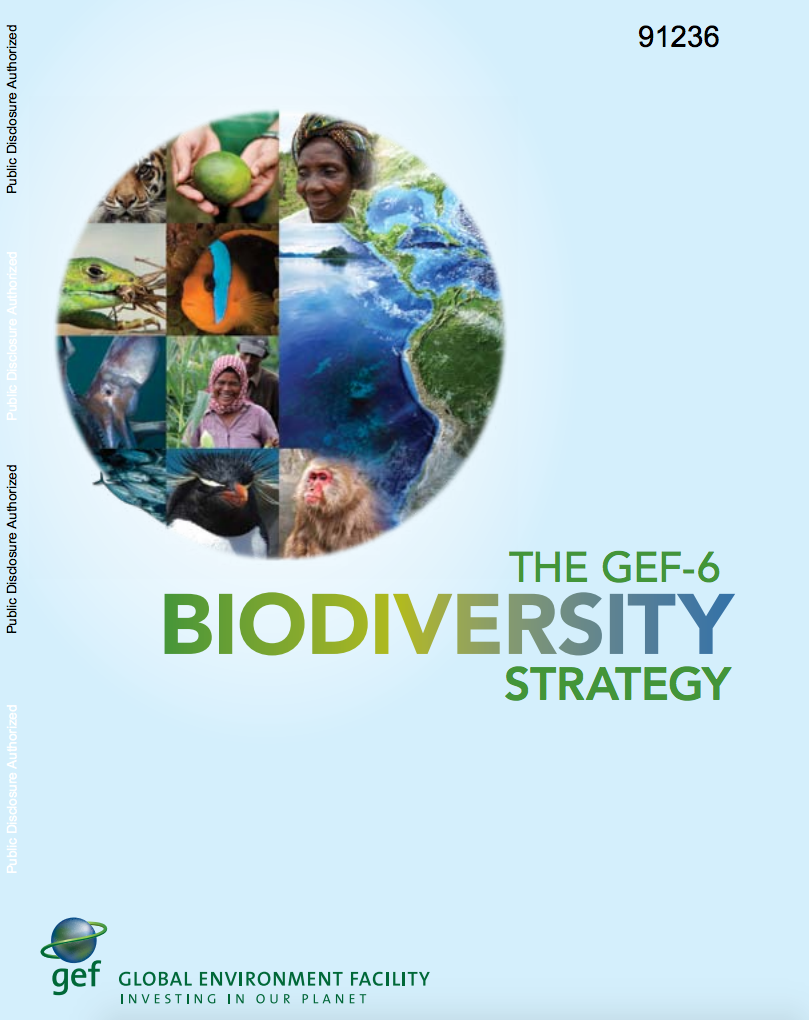Greening India's Growth
India’s sustained and rapid economic
growth offers an opportunity to lift millions out of
poverty. But this may come at a steep cost to the nation’s
environment and natural resources. This insightful book
analyzes India’s growth from an economic perspective and
assesses whether India can grow in a “green” and sustainable
manner. Three key issues are addressed. The first is the


